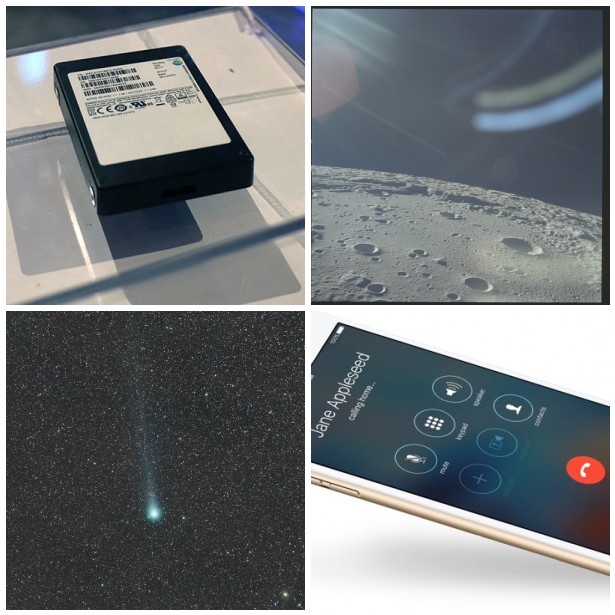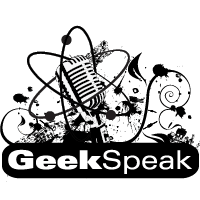Life, Memory, and the art of Phoning it in

New evidence for life beginning out there, not here. The epoch of fast computer storage will change what you can do. Wifi calling is here and it is awesome. The Geeks do a long form show.
Facebook App Followup
iOS users have been complaining about the Facebook app
Asteroid spewing ethanol
Comet Lovejoy lived up to its name by releasing large amounts of alcohol as well as a type of sugar into space, according to new observations by an international team. The discovery marks
Laptop SSDs
The 950 Pro is exceptionally fast, delivering sequential transfer rates and IOPS that have so far not been seen from a consumer SSD. From the prospect of raw performance and transfer speeds, Samsung has once again delivered the goods.
It
New fastest SSD @5GB/s
The PM1725 promises sequential writes of 1,800MB/s, while sequential reads come in at a mind-numbing 5,500MB/s.
It
100 different ways to talk on a phone
In addition to offering customers a cheaper alternative to their phone plans, one of the main draws of Google’s newly launched Project Fi service is that it will seamlessly switch a user’s phone service from cellular to Wi-Fi.
Wi-Fi calling is nothing new; apps like Skype, Google Hangouts and WhatsApp make it easier for smartphone users to place calls over the Internet and forgo mobile networks altogether. But as this option becomes increasingly more beneficial to users, carriers have shown increasing interest in adopting Wi-Fi calling themselves. Whether it’s because they want to bolster their network coverage or improve user experience, some US carriers already provide the service, and now Google has jumped into the ring as well.
Sprint Google Voice Integration
Sprint customers can now take advantage of the complete set of Google Voice features without changing their number.
Following the release of iOS 9.1 on Wednesday, Sprint announced that iPhone users updating their firmware will be able to take advantage of improved Wi-Fi Calling, expanding on Apple’s Continuity feature.
Web Extra: The Apollo Archives Hit Flickr
Kipp Teague of the Project Apollo Archive uploaded more than 8,400 high-res photos of NASA


